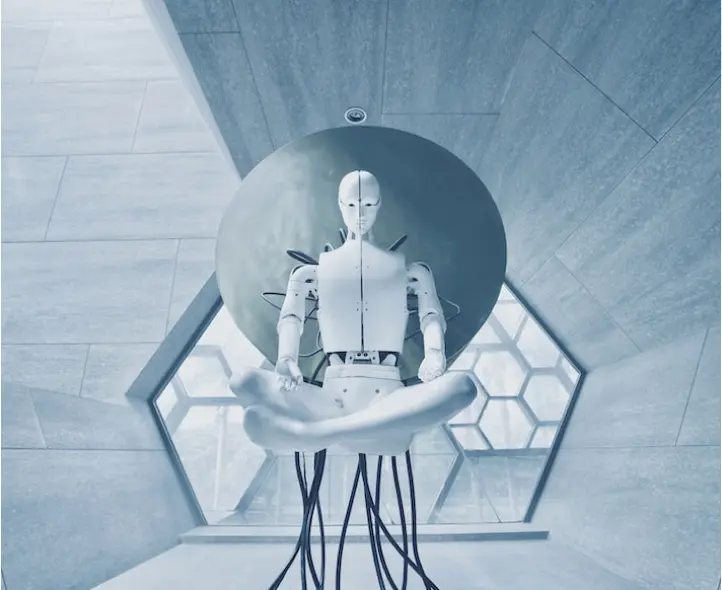What Is AI, Really?
At its core, AI is about creating systems that can perform tasks normally requiring human intelligence. This includes things like understanding language, recognizing images, making decisions, and even creating content.
There are different types of AI:
- Narrow AI: This is what we use today—AI systems trained for specific tasks (like playing chess or recommending products).
- General AI: A theoretical form of AI that can perform any intellectual task a human can.
- Superintelligent AI: A future vision of AI far surpassing human intelligence in all domains.
Right now, we’re living in the era of Narrow AI, but breakthroughs are happening fast.
How AI Is Transforming Industries
AI isn’t just about smart assistants and self-driving cars. It’s revolutionizing nearly every sector:
- Healthcare: AI is helping detect diseases early, personalize treatments, and even assist in surgery.
- Finance: From fraud detection to algorithmic trading, AI is making the financial world faster and more secure.
- Marketing: AI analyzes customer behavior to deliver hyper-personalized experiences and targeted ads.
- Education: Adaptive learning platforms use AI to adjust to each student’s needs, making learning more effective.
- Creativity: Tools like ChatGPT and generative art platforms show that AI can also write, paint, and compose.
The Power and the Perils
With great power comes great responsibility. AI brings incredible potential, but also raises concerns:
- Bias: AI models can inherit and amplify human biases if trained on flawed data.
- Job Displacement: Automation may replace certain jobs, requiring a shift in workforce skills.
- Privacy: With AI analyzing massive amounts of personal data, ethical handling is crucial.
- Autonomy and Control: As AI becomes more powerful, questions around safety and control become more pressing.
That’s why researchers, developers, and policymakers are working together to build ethical AI—tools that are transparent, fair, and aligned with human values.
Looking Ahead
AI is not just a tool—it’s a paradigm shift. It’s changing how we solve problems, make decisions, and imagine the future. The key is not to fear it, but to understand it, shape it, and use it wisely.
Whether you're a developer, entrepreneur, student, or curious observer, now is the time to pay attention. Because the age of AI isn’t coming—it’s already here.

